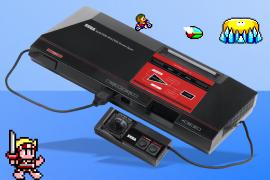PlayStation at 20: What’s next for PlayStation?
PlayStation 5? VR? Cloud gaming? We consider the possibilities
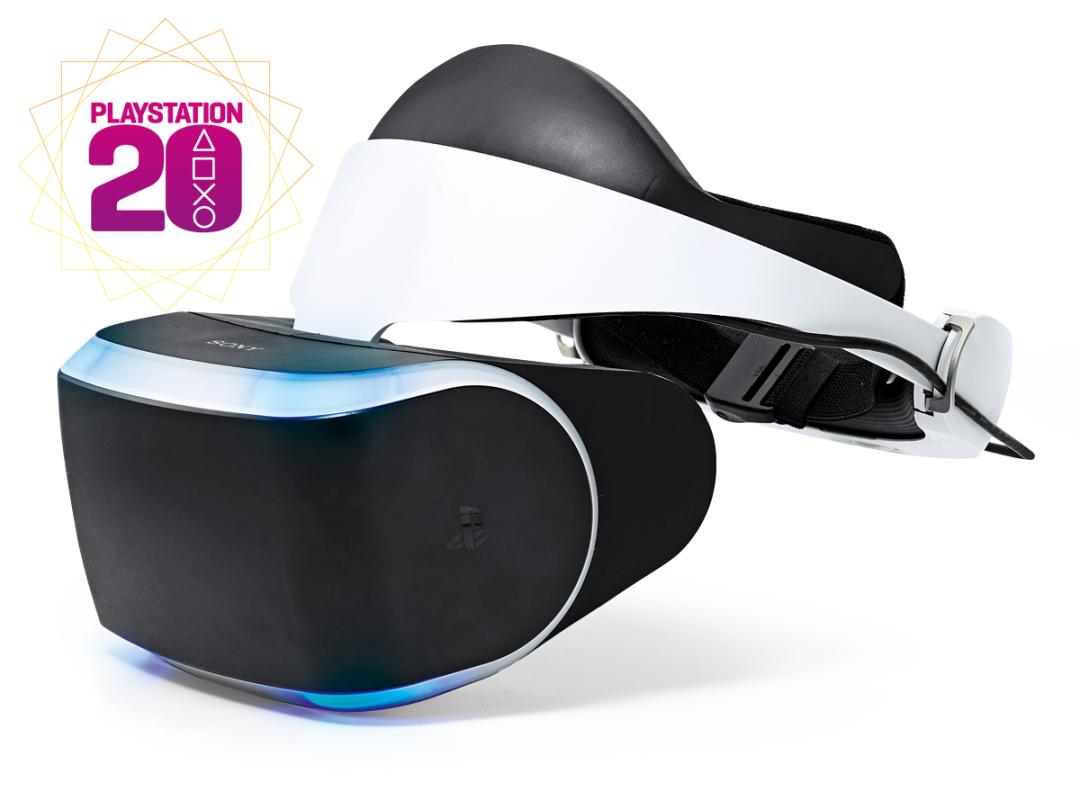
As we mark the PlayStation’s 20th anniversary today, it’s impossible to resist the urge to look forward: What will the PlayStation experience be like in five or 10 years? Is Sony’s brand built for the long haul? Will we be celebrating its 50th birthday in 2044?
We could dream up all manner of wacky, far-fetched interpretations of what playing video games will be like a few decades from now – beamed directly to your brain! – but that seems wasteful (albeit fun).
However, we can confidently examine the current trends and speculate about what we can expect to see in the near future from PlayStation systems and software. And while virtual reality is a promising frontier and another handheld is a question mark, one thing seems certain: the cloud is likely to be a huge part of what’s ahead.
A cloudy outlook
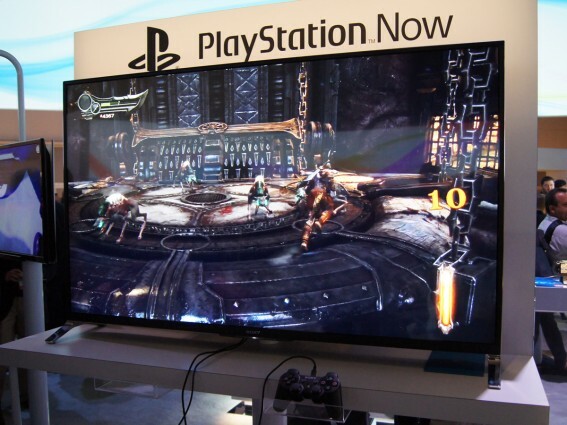
Cloud-powered gaming is positioned to be a large piece of the future PlayStation puzzle, given that Sony acquired cloud-streamed gaming company Gaikai in 2012 to utilise its tech.
Some of it helps enable Remote Play between the PlayStation 4 and Vita, but it’s also being used to bring full-fledged PlayStation experiences to devices that aren’t dedicated consoles.
In the short term, that’s PlayStation Now, Sony’s still-in-beta streaming games service that lets you rent PlayStation 3 games – and eventually older and newer games, as well – and stream them over the cloud to supported devices. Tablets and smartphones are slated to get in on the fun soon.
In its current state, PlayStation Now isn’t a great experience. The rental fees are often extravagant compared to buying discounted or pre-owned retail copies, and you need an excellent internet connection to even bother playing most games. But it’s a great proof of concept: you don’t need a big, expensive console to play big, AAA-style games. And it’ll only get better as the tech advances and broadband connections improve worldwide.
PlayStation 5
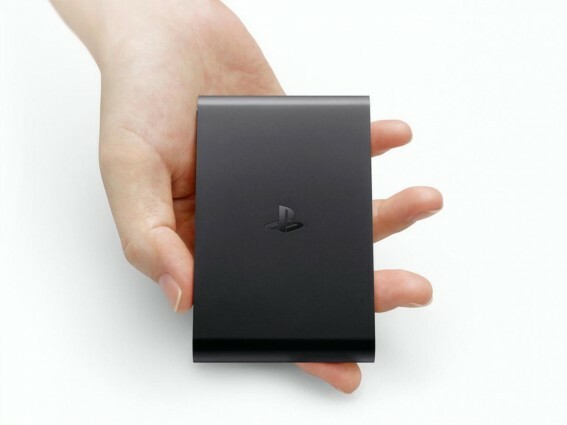
So what does that mean for the PlayStation 5? It’s entirely possible that the next PlayStation console won’t be a full-fledged console at all – at least not in the traditional sense, with a hefty GPU, a disc drive, and a large heap of plastic and silicon filling your entertainment centre.
It could be a microconsole like the new PlayStation TV, with just enough horsepower included to stream games over the internet from a very powerful server. Such a device would be more affordable out of the gate and much smaller; and you wouldn’t have to worry about upgrading it in a few years to run the latest and greatest new games around.
Except I don’t actually expect that to happen with the PlayStation 5. Right now, the PlayStation 4 is one of Sony’s biggest profit drivers, and that’s in part because they stuck with a simple message: it’s a gaming machine, like the gaming machines in the past, and we’re not going to overload it with bundled peripherals or limit what you can do with your purchased content.
It was a stark contrast to Microsoft’s initial approach with the Xbox One, which changed after fan backlash. Not only is the PS4 leading the current console generation, but it’s also keeping Sony viable as the company’s smartphone and TV sales diminish.
As such, I expect that the PlayStation 5 will be a traditional games console in the way that we know it now: a box and a controller, plugged into your TV and ready to entertain. But probably without a disc drive. Do you really think a PlayStation launching in 2020 or so will require optical discs? It seems unlikely.
READ MORE: PlayStation at 20 – how the PlayStation changed gaming
PlayStation everywhere
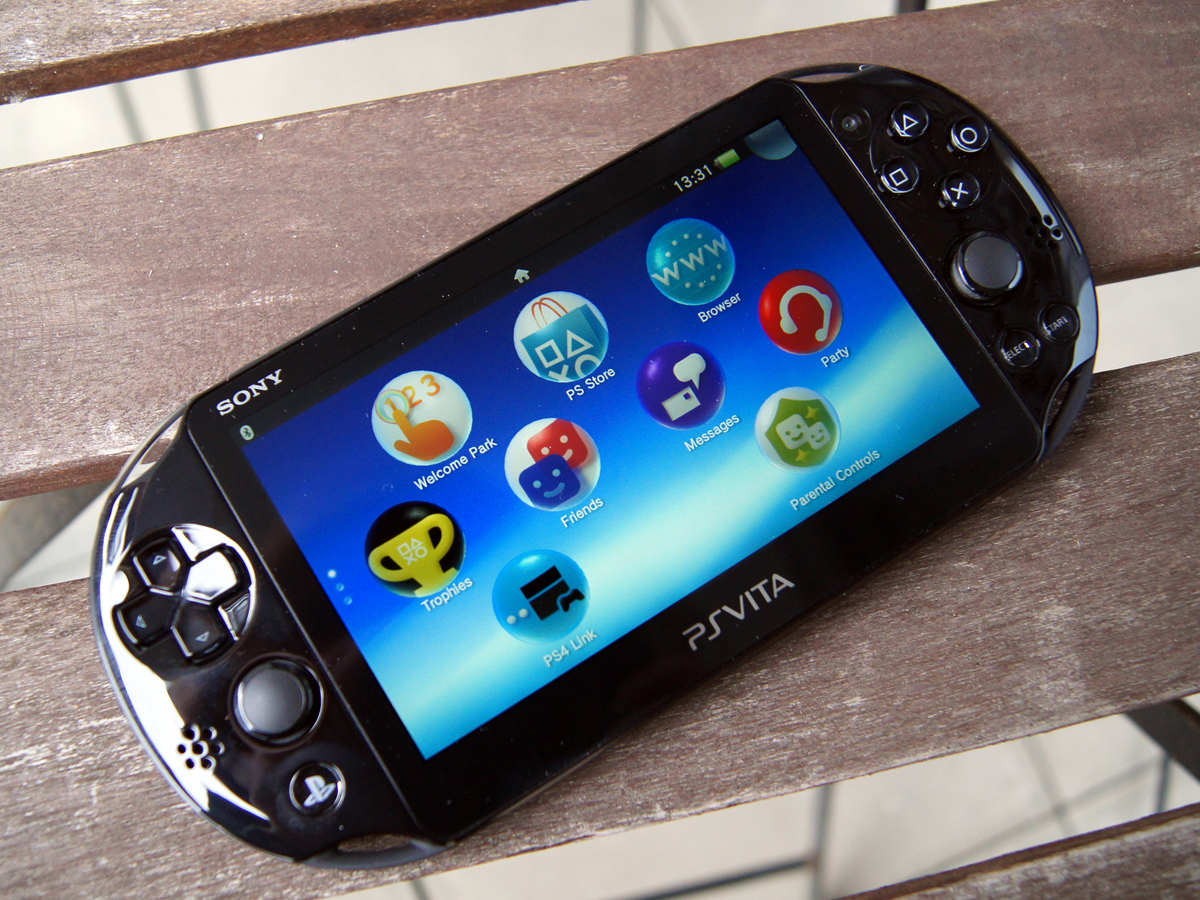
Doesn’t making a traditional PS5 dispel the need for the cloud? Not at all: the PlayStation 5 has to be a traditional games console to appease hardcore fans that want the best possible gaming experience. It’ll run games locally on its own hardware, surely at 4K or 8K whatever insane resolution we consider to be the benchmark in five or six years.
Cloud-powered gaming will be for everyone else: people with smartphones, tablets, smart TVs, and microconsoles – even PCs and set-top boxes. Before long, nearly any decent device with a screen or that can plug into a screen will be able to run powerful console games via cloud streaming, and I expect that Sony will embrace that as much as possible.
Hardcore gamers will still get the best performance and newest games on PS5, but many more people can get something close to that without an expensive barrier to entry. It’s the reason why I’d be surprised if Sony bothers making another dedicated gaming handheld after the PlayStation Vita.
Sony won’t outright admit it, but the company has given up on growing the platform: first-party studios aren’t making AAA-style games for it any more, and third-party developers aren’t putting their notable franchises on it.
Right now, it has value as a companion device for PS4 owners and as another destination for cross-platform games – particularly scrappy indie titles. Which is great, but with smartphones and tablets so common now, you don’t need a dedicated handheld device just to run games that are found on your console back home. Your phone and tablet will accomplish those feats in the future.
Virtually real
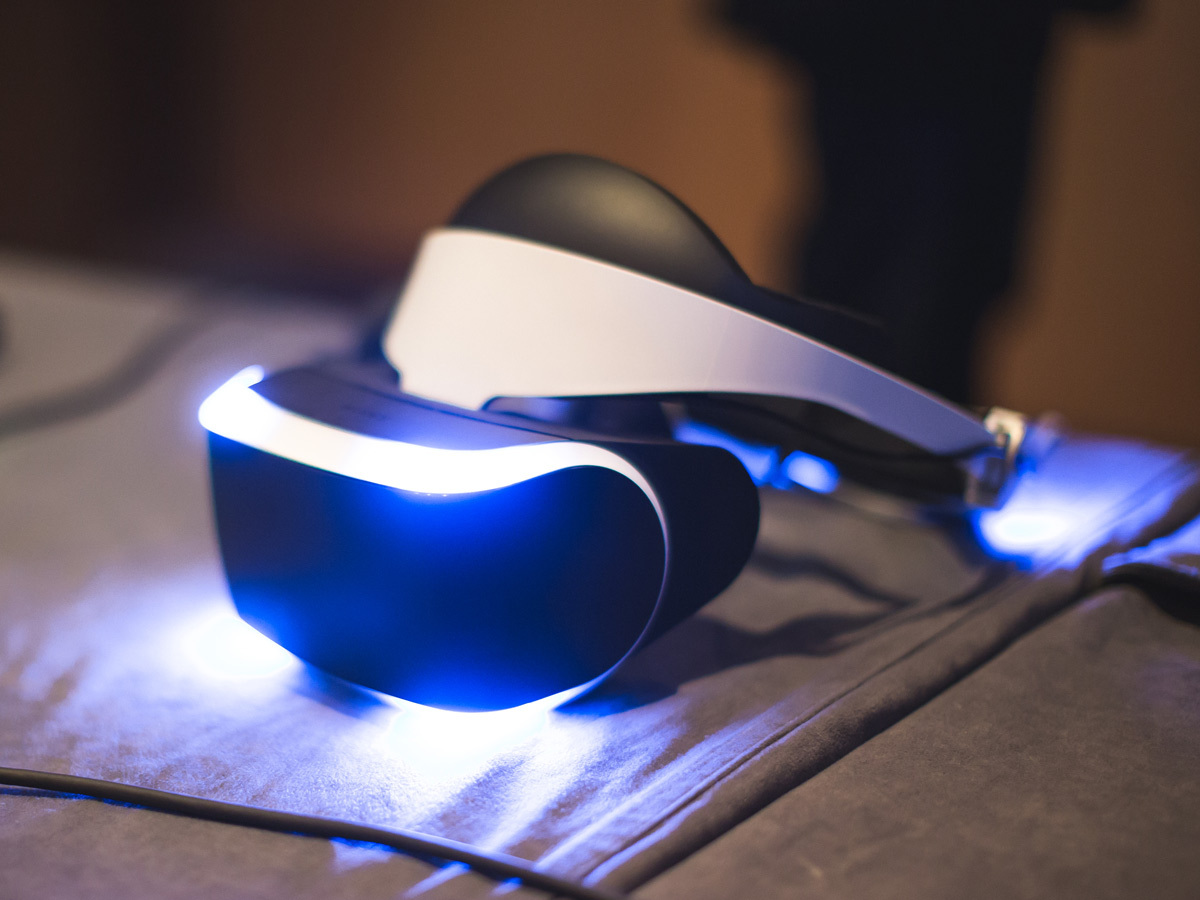
But what about VR? Sony has shown off its Project Morpheus headset – a console-powered rival to the Oculus Rift – for much of this year without committing to hard details. For now, it’s not even necessarily confirmed for release. But with the rising fervor over VR experiences, I expect that it will debut by the end of 2015.
Still, I don’t sense that there will be such a mainstream push away from TV-based games that Project Morpheus (or whatever it’s ultimately called) will be the default, mandatory way to experience the PlayStation 5. It’s still likely to be too expensive to force on everyone, and some won’t want that kind of deep dive immersion.
VR can be amazing, but it’s not for everyone. Not soon, at least. Instead, I see it as one of the PS5’s potential biggest perks: experience the next generation of virtual reality, only on PlayStation 5. You won’t get that kind of experience via the cloud on your tablet or microconsole, and it’s bound to be much more advanced than what will be possible on PS4 over the next few years.
In other words, there may not be one linear path ahead for PlayStation. It won’t be as simple as owning the latest console and that’s that. With cloud-powered gaming making the console less of a necessity and virtual reality coming up quickly on the horizon, I expect more ways to play and more options ahead.
And as long as PlayStation keeps powering Sony’s bottom line, the company is sure to explore all of those exciting possibilities. Here’s to another 20 years of fun.
READ MORE: PlayStation at 20 – the 25 best PlayStation games ever



